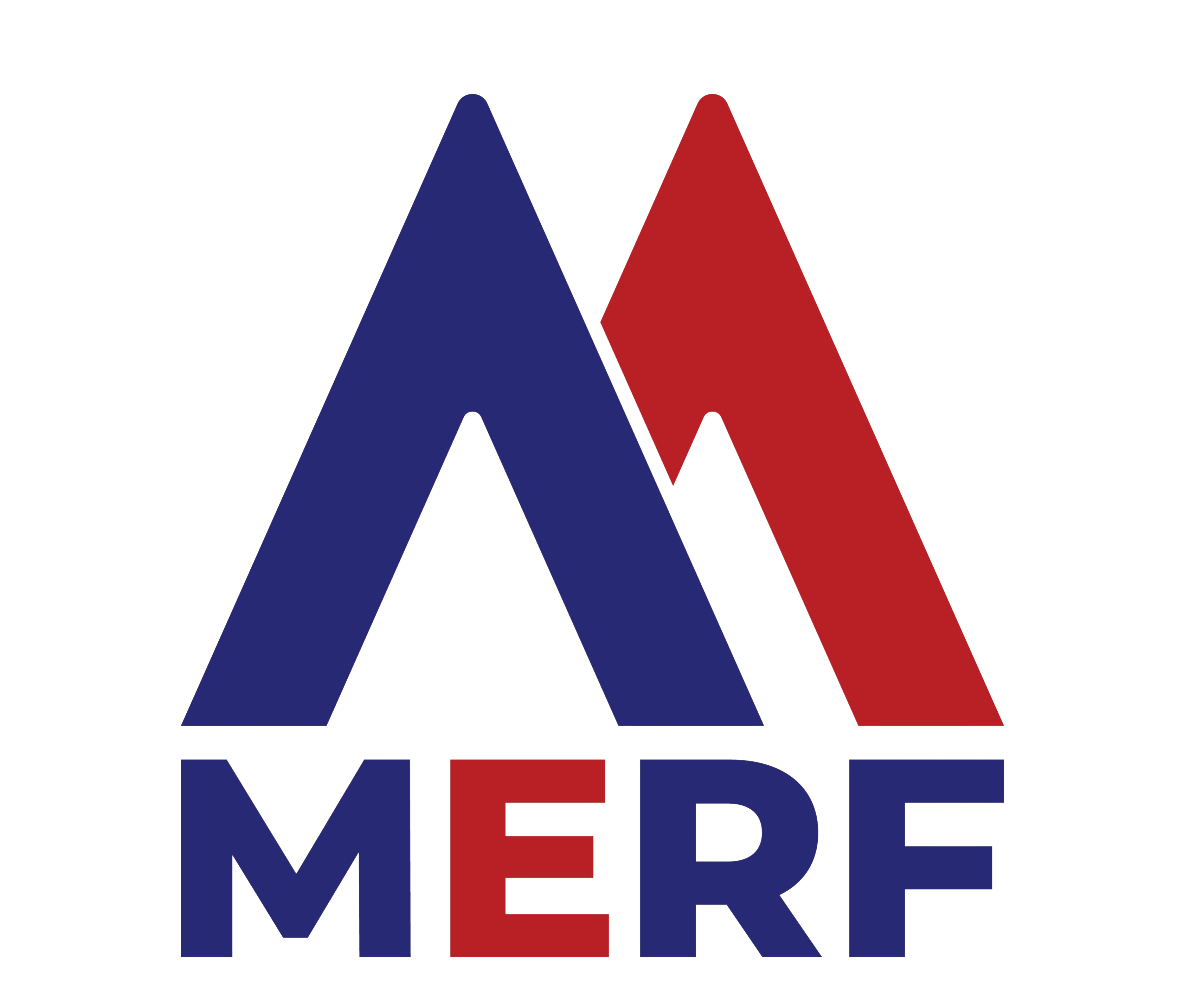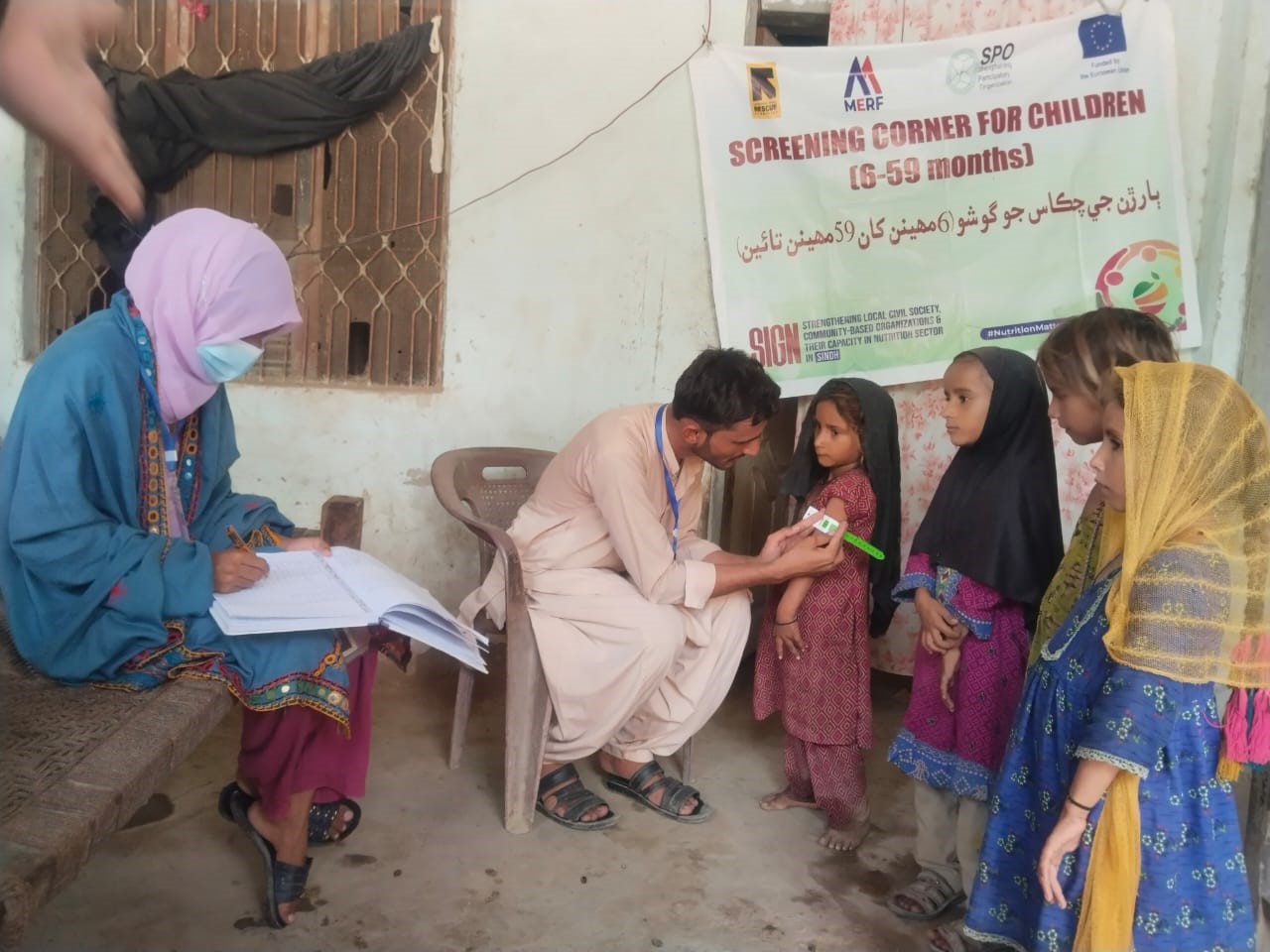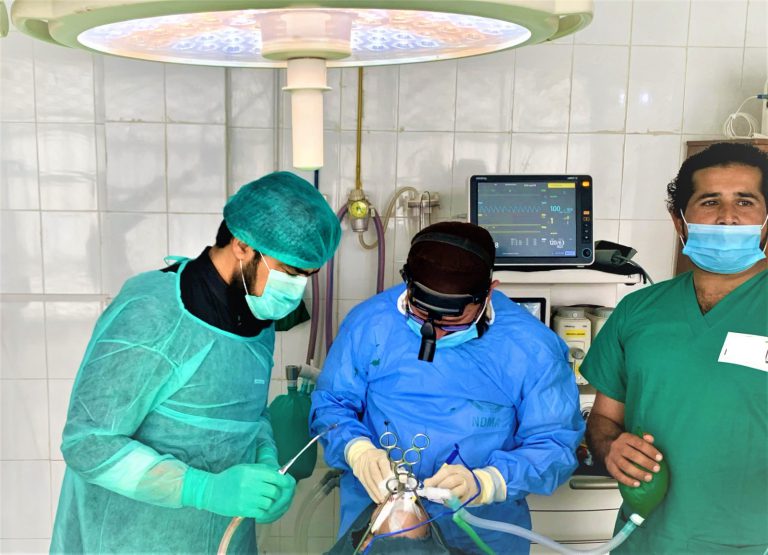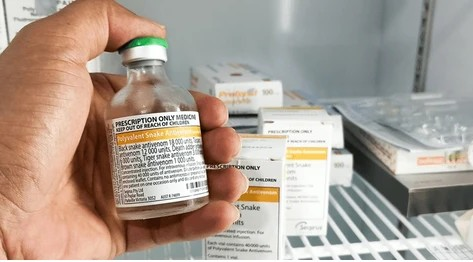Empowering Youth for Healthier Futures
Adolescent Nutrition Champions Groups have been established across the target five districts of Sindh by Nutrition Assistants of MERF, as per the guidelines of International Rescue Committee, to address gaps in adolescent nutrition, with a special focus on adolescent girls aged 10-19 years. The project engages six schools, identifying and training 12 adolescents from each school to serve as Nutrition Champions. These champions are empowered to promote awareness of diet diversity, nutrition, and healthcare practices, while also facilitating community-based screenings using MUAC tapes. The program not only enhances knowledge among adolescents but also establishes referral linkages for malnourished children, connecting them to relevant health facilities to ensure the continued effectiveness of the initiative. MERF, with support of International Rescue Committee, through funding from European Union, is working to address the issue of persistent malnutrition in target five districts i.e. Kashmore, Ghotki, Sukkur, Khairpur, and Naushahro Feroze, of Sindh through increased community outreach, counselling, improved facility based treatment and timely referrals. These initiatives will lead to reduced malnutrition and improved health seeking practices among under 5 children, adolescent girls and pregnant and lactating women in target districts.
17-years-old Jinsar Ali, a 12th-grade student at Government Boys Higher Secondary School, lives in village Koro Khoso, UC New Jatoi, District Naushahro Feroze. Malnutrition and poor dietary practices are prevalent in his community, significantly affecting the health and well-being of children under five years of age and pregnant and lactating women (PLWs). These conditions are a threat to the health and overall well-being of the community, leading to higher disease rates, poor cognitive development in children, and complications during pregnancy and childbirth.

The community outreach workers of MERF visited the village and selected 12 adolescent students from each participating school to become Nutrition Champions. Jinsar was among the first to volunteer from his school. One-day training workshop was conducted to educate the nutrition champions about topics such as balanced diet, diet diversity, malnutrition, health, and sanitation. They were also provided with MUAC tapes, screening and session registers, and informational material.
Jinsar and his peers conducted multiple sessions on balanced diet and proper nutrition within their villages namely Koro Khoso, Razi Khoso and Mureed Khoso. During these sessions, 112 children
were screened for malnutrition with the help of MUAC tapes, out of the screened children 4 were identified as SAM and referred to the nearest OTP.
One of the children identified during the screening was Zehra, aged 40 months, with a MUAC measurement of 11.4 cm, indicating severe acute malnutrition. Zehra’s father, a farmer by profession, cannot fulfill the nutritional needs of his five children, Zehra being one of them, due to his meagre income.
Jinsar referred Zehra to the nearest OTP – BHU New Jatoi for treatment. As per recommended protocol, she was enrolled in the OTP and given RUTF. The Nutrition Assistants of MERF conducted weekly follow up visits to assess the improvement in Zehra’s health. After receiving the necessary care & RUTF over the period of 2 months, Zehra’s MUAC improved to 12.5 cm indicating that she has been cured.
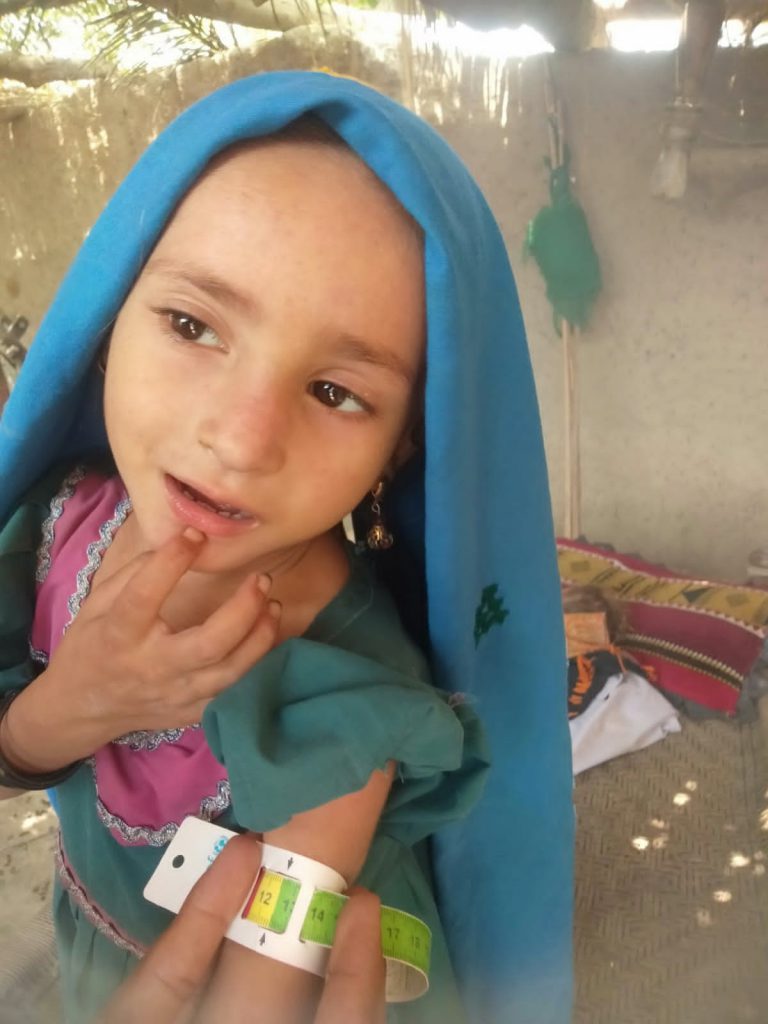
Over the past year, the project has made significant strides in improving the health and well-being of children in the village. Thanks to the dedicated efforts of Jinsar and his team, there has been a marked increase in community awareness regarding malnutrition and its consequences.
The proactive screening and referral process initiated by the team has been instrumental in identifying malnourished children early and providing them with life-saving treatment. As a result, 2 malnourished children have been successfully treated and cured, representing 50 % of the children identified during the initial screening. Additionally, there has been a 50% reduction in the number of new cases of malnutrition reported over the past year.
These efforts have not only improved the health outcomes of the children but also instilled a greater understanding within the community about the importance of nutrition, leading to more sustainable health practices. The success of this intervention is a testament to the importance of early detection and community involvement in tackling malnutrition.
